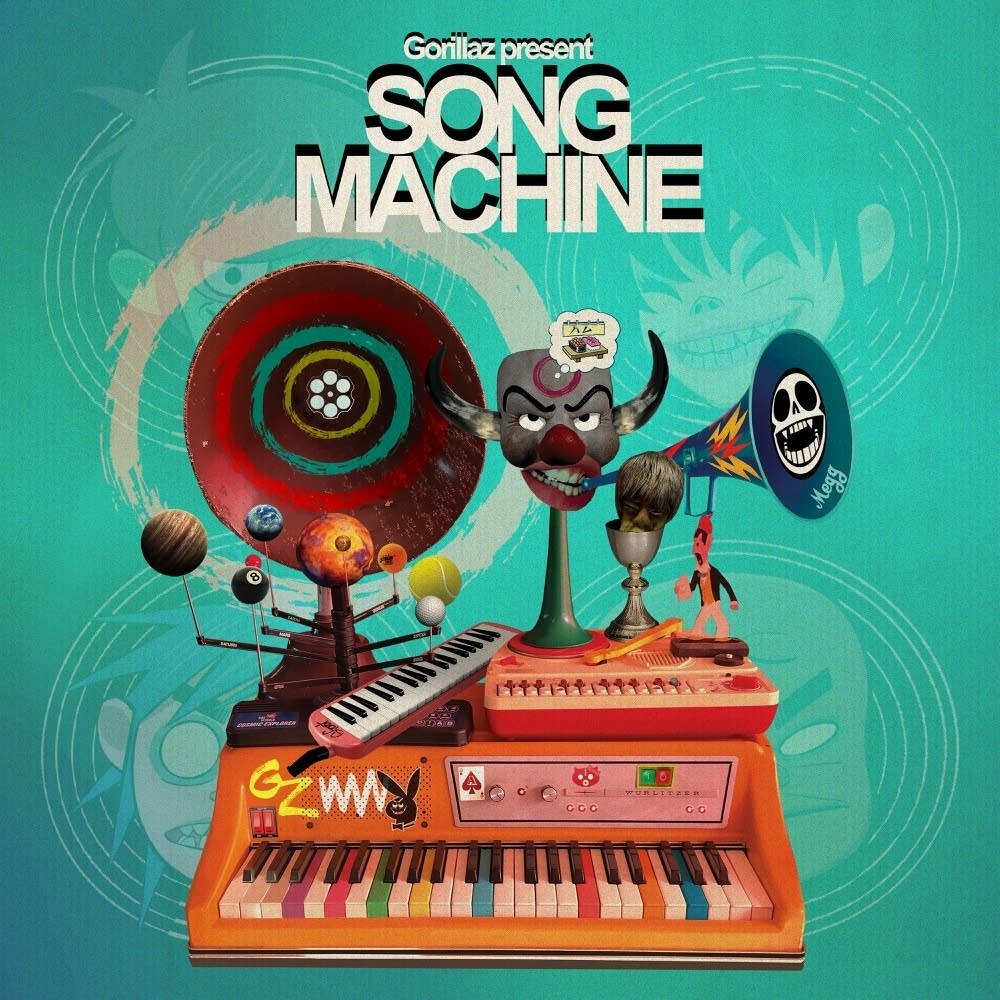Music is an integral part of our lives today. A walk around campus will make this clear, as everyone can be found listening to music in some capacity. There are many options when looking for escapist pieces of music allowing each person to choose their favorite. When things become overwhelming, people often look for escapism, which can also be found in classic Jazz and swing music. Today it is hard to find avid listeners of jazz, which is a shame because there is an intrinsic undervalued healing power within jazz. The height of popular and classic jazz albums ranges from the 1940s through the 1960s. With sultry moments filled with upbeat sparks of energy, jazz has the ability to transcend emotion through sound.
An endless list of classic composers can be found when delving into the world of Jazz and there are many good places to start. From John Coltrane, Bill Evans, Count Basie, Miles Davis, Louis Armstrong, to Dave Brubeck the list is never-ending. “Kind of Blue” by Bill Evans is emblematic of the sentimental journey that jazz provides. On rainy days it is the perfect escape, allowing the listeners to feel moody, to come to terms with their lives when things seem most difficult. Jazz is all about feeling bad about yourself and so when there is music to match, things never seem as bad.
Louis Armstrong and Ella Fitzgerald’s duo album “Ella and Louis” takes a much different approach to escapist jazz. The sweetness of Fitzgerald’s voice is balanced perfectly by Armstrong’s trumpet and trademark gravelly voice, creating a calming feeling which only Jazz can provide. With sweet lyrics and music to match, swing albums always lift the spirits of any listener and another perfect example is Sinatra/Basie. The perfect combination of singer and composer provides a fun and suave experience.
Another good escapist music genre from Brazil is Bossa Nova which fuses Samba, Jazz and Blues to create a soothing and smooth sound. Starting in Brazil, Bossa Nova gained popularity throughout the United States between the 1950’s and 1960’s. “The Girl from Ipanema” by Astrud Gilberto is arguably the most famous Bossa Nova song. Frank Sinatra’s version once graced the radio stations, providing listeners a quick escape to an island locale just through the sweet sounds of Bossa Nova.
The lyrics in Portuguese often talk about love and life in eloquent ways. Even if you do not speak Portuguese, a Bossa Nova playlist can easily switch your mood because of the feelings and positivity it can give. Lyrics are not always necessary for giving meaning to a song. A perfect example is “A Ra” by João Donato. Without any lyrics, João hums in this song to envelope his audience in a world of feeling. Contagious and infectious, this song transmits an uplifting mood.
This is yet another perfect example of music that is good for the soul. Coming from Brazil, Bossa Nova can provide listeners a new world of sound and an entirely new setting. A timeless feeling can be found in the classic Bossa Nova tunes from the sixties and their healing power should not be overlooked. There is no generation gap present that can prevent younger audiences to enjoy Bossa Nova.
Looking around for new music is always a great way to deal with stress. Becoming interested in a new genre of music can be refreshing and can act as a means of escape when life can seem overwhelming.





























